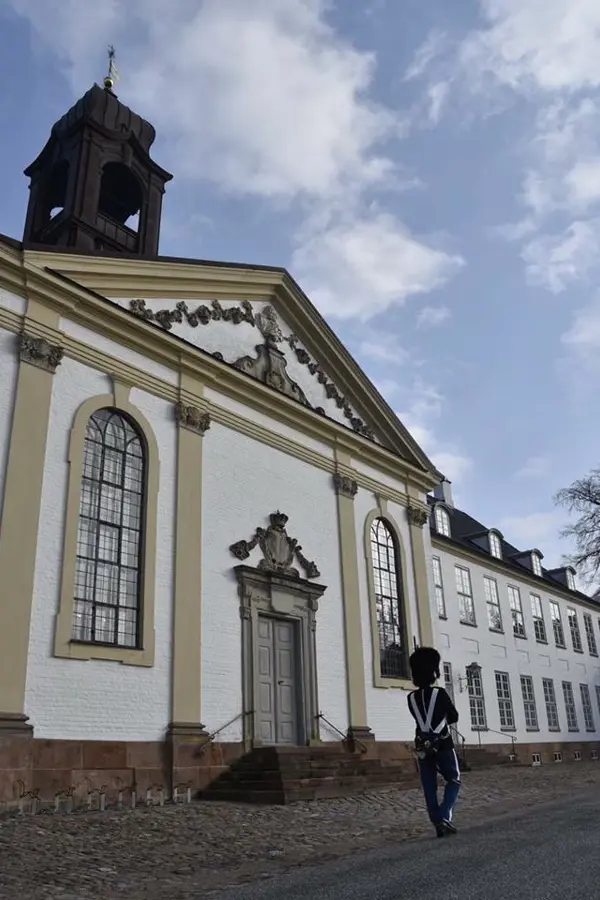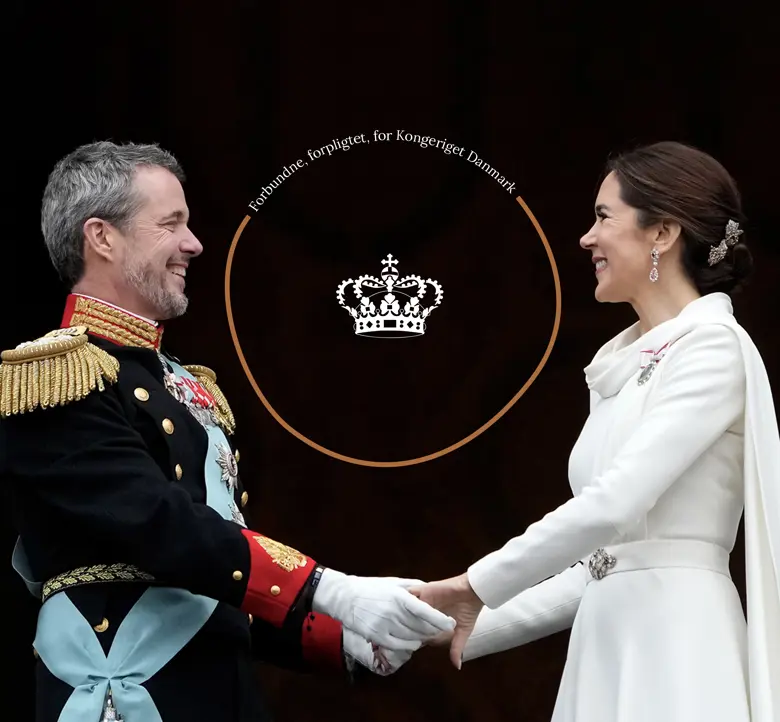Fredensborg Palace Church
On Saturday, 15 May 2021, HRH Prince Christian is to be confirmed in Fredensborg Palace Church. Through the years, the nearly 300-year-old church has been used for a good many royal events.

Fredensborg Palace was built as a hunting seat for Frederik the 4th during the years of 1719 – 1722, and, not long after it was opened, architect Johan Cornelius Krieger began to expand the palace. In 1726, Fredensborg Palace Church was finished, and today the church’s interior appears much the same as it did when the church was built.
Over the past 100 years, Fredensborg Palace Church has been used for a number of religious ceremonies for members of the royal family. In particular, the church has been the setting for royal confirmations. In 1915, Frederik (the 9th) and Prince Knud were confirmed in the church, and, in 1955, it was HM The Queen, as Princess Margrethe, who was confirmed in the same place. Since then, subsequent confirmations have taken place in Fredensborg Palace Church: HRH Princess Benedikte in 1959, HM Queen Anne-Marie, as Princess Anne-Marie, was confirmed in 1961, HRH The Crown Prince in 1981, HRH Prince Joachim in 1982, HH Prince Nikolai in 2013, and HH Prince Felix in 2017.
In addition to that, Prince Knud and Princess Caroline-Mathilde were married in the church in 1933, and, in 1968, it was Princess Benedikte and Prince Richard zu Sayn-Wittgenstein-Berleburg who said “yes” to each other in Fredensborg Palace Church. In 1999, Prince Nikolai was christened in the church, and, in 2007, it was HRH Princess Isabella who was christened in the church.
The church’s distinctive features
What immediately appears to be marble inside the church is marbled woodwork. The altar was created by the woodcarver Friedrich Ehbisch, while the altarpiece’s image “Judgment Day” was painted by Henrik Krock. The pulpit was created by Ehbisch and Green. The base was crafted as a rock, on which white doves of peace sit. The pulpit is decorated with three female forms, symbolizing faith with cross and chalice, love with the child, and hope with the anchor.
The church’s original royal pew was placed in the space’s northeast corner, where there is the best view of the pulpit. From here, one could also see that the altar is painted on the back. As early as 1728, Frederik the 4th allowed a new royal pew to be fitted in the church’s western end. In 1775, architect C.F. Harsdorff replaced it with the existing one, which is still used by the royal family. The organ, over the royal pew, was built by Marcussen and Reuter in Aabenraa in 1848. The large ceiling painting, which represents the resurrection, was painted by artist Per Kirkeby and was unveiled on 27 October 2006.
Parish church
As a part of Fredensborg Palace, the church is at the disposal of The Queen. Since Christian the 9th’s time, the Asminderød-Grønholt parishes have used the church as a parish church. Therefore, the parishes’ priests often hold services, christenings, and weddings in the church.




